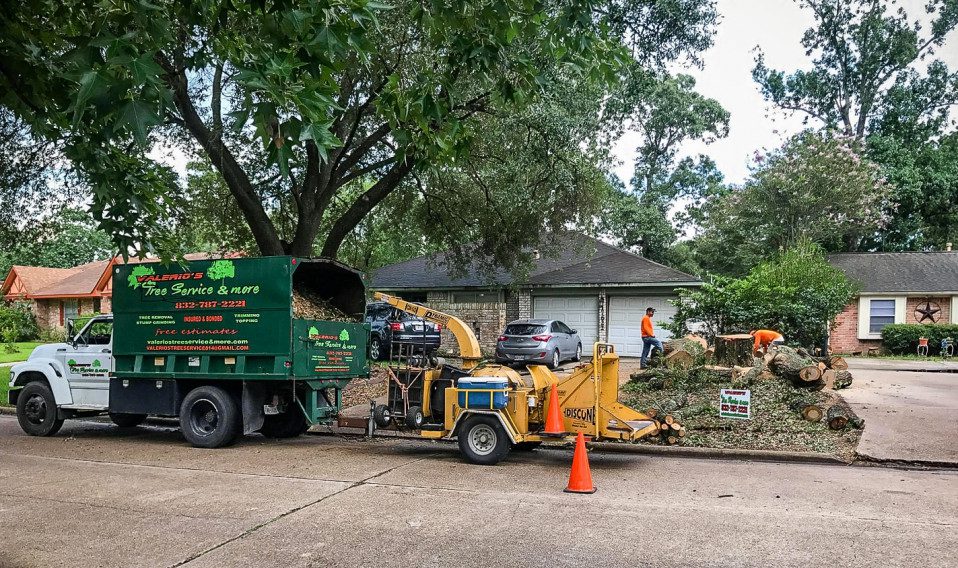Sometimes it’s a tough decision to cut down a tree in your yard. It may be about emotional fondness but the main problem is to detect if it’s really necessary.
Urges of removing a tree from an area may vary depending on many factors. Sometimes it’s about safety: especially if a tree may fall on something or contact with power lines. On some occasions, it’s about the health of the tree itself and other plants nearby. It’s not an obvious matter especially to someone without the necessary qualifications so we strongly recommend contacting professional services and asking for competent advice. But also it’s good for a homeowner to know when to pay attention to a tree. Here are some common factors that may tell that a tree must be cut down. There are several marks you need to notice in order to consider this matter. They are all easily seen so you just need to examine a tree occasionally.
Tree Leaning
The first and the most visually obvious indicator is a tree leaning. Leaning may be natural but if you noticed that the angle changed lately you should contact specialists. Trees lean for lots of different reasons but the result is often the same: a tree falls eventually. If you notice that the tree started to change its angle, don’t hesitate to take measures.
Also, we strongly recommend handling a tree that suddenly started to lean with maximum caution. It may fall unpredictably and be a threat to a person or property.
Limbs or Trunk Damage
Another notable sign is tree damage. Texas is an area where severe storms sometimes occur, so a damaged tree (cross link with after-storm cleaning) is, unfortunately, a common cause. If you see that more than half of the limbs are broken, it may be fatal to the tree. After especially fierce storms trunk sometimes is partly or completely broken. In both cases, consult with professionals — probably, the tree is best to be removed.
Tree Health Indicators
Sometimes the reason to cut a tree is health of all the yawn. The tree may be slowly dying without a chance to survive. Also, it may be spreading diseases to grass, bushes and other trees. The most common signs of a tree’s weak health are a hollow trunk, dead branches, unexpected foliage fall, and bark falling off.
Sprouting and Exposed Roots
Sprouting roots with fresh branches may indicate an issue with a tree. It means that the tree itself feels sick and it tries to recover with new sprouts growing from a root system. Also, it’s not okay when roots are uplifted and exposed since it may tell about the soil problems. Never forget to inspect the base of your tree.
Surroundings
If a tree grows into a rock or a pile or another solid obstacle it will suffer significant stress in order to cope with it. Always check surroundings and make sure the tree has adequate space for further growth. In most cases the problem can be solved by regular pruning (cross link with the pruning article) but it’s important to pay attention to the place where a tree grows. Especially if utility lines are nearby.
One more thing about the whole matter that indicator may vary depending on the species of the tree you have. Some things may be normal for certain trees while some may tell that something is going wrong. The best way to make sure is to contact professional arborists who can make the conclusion for sure.


Post a comment